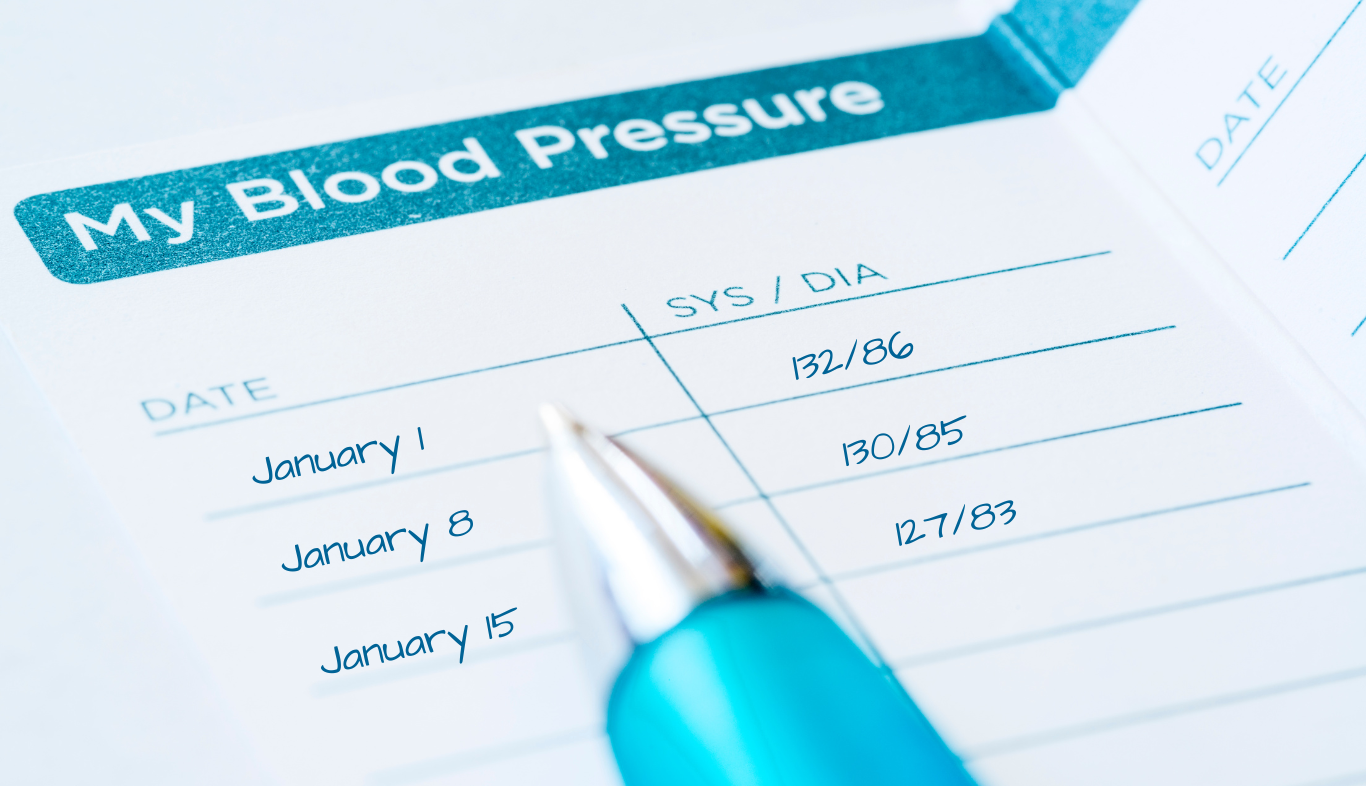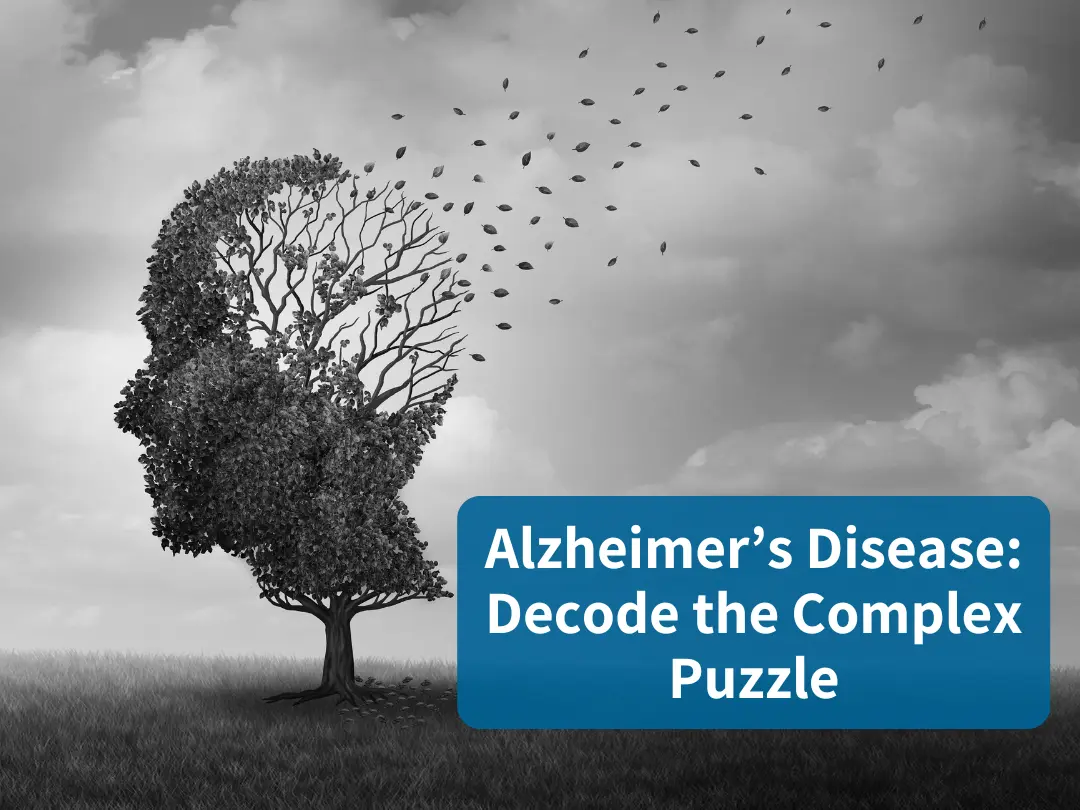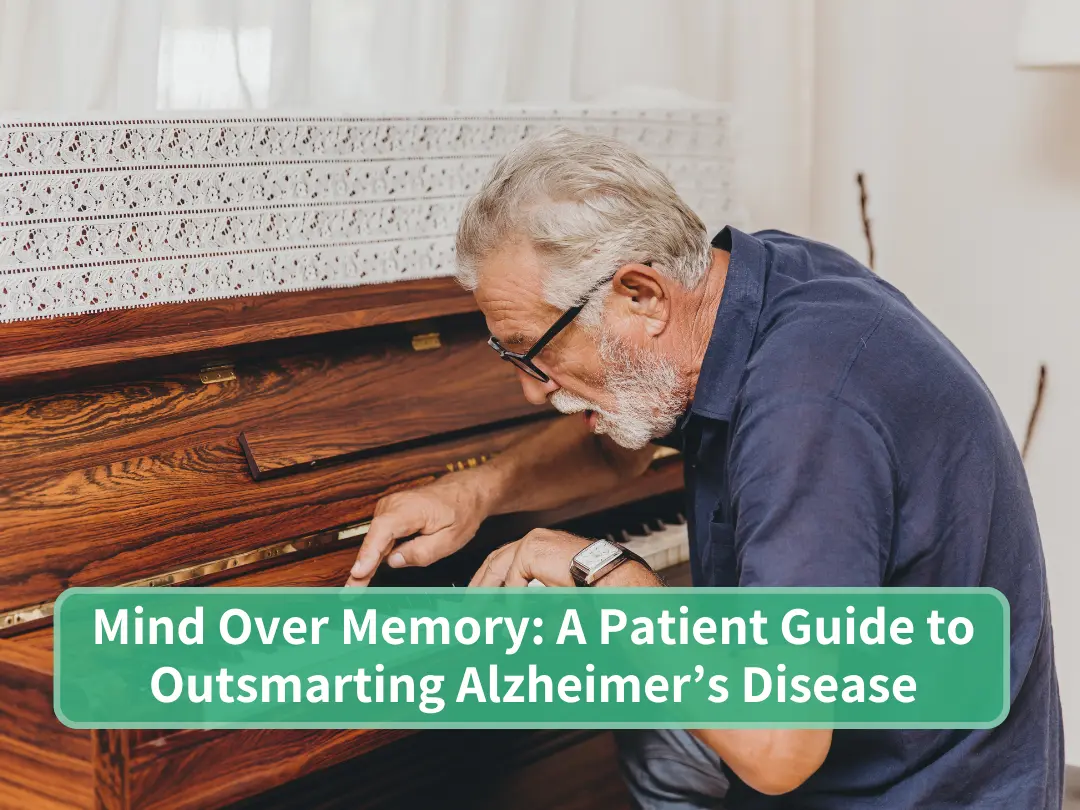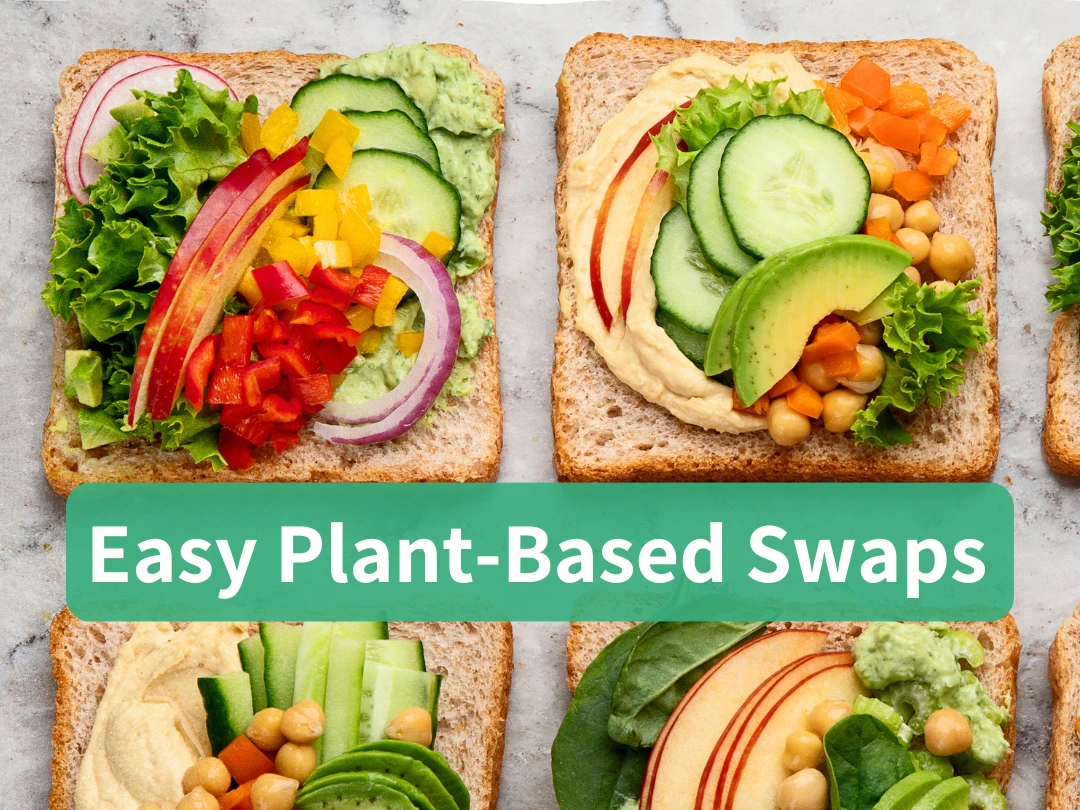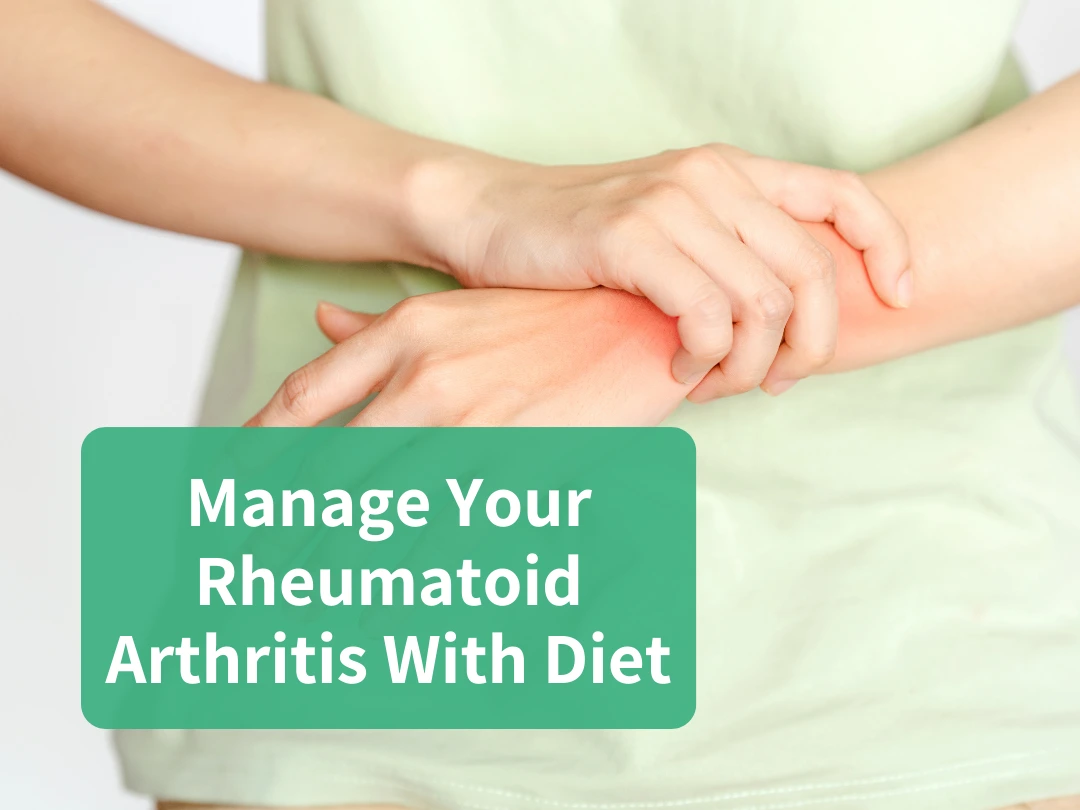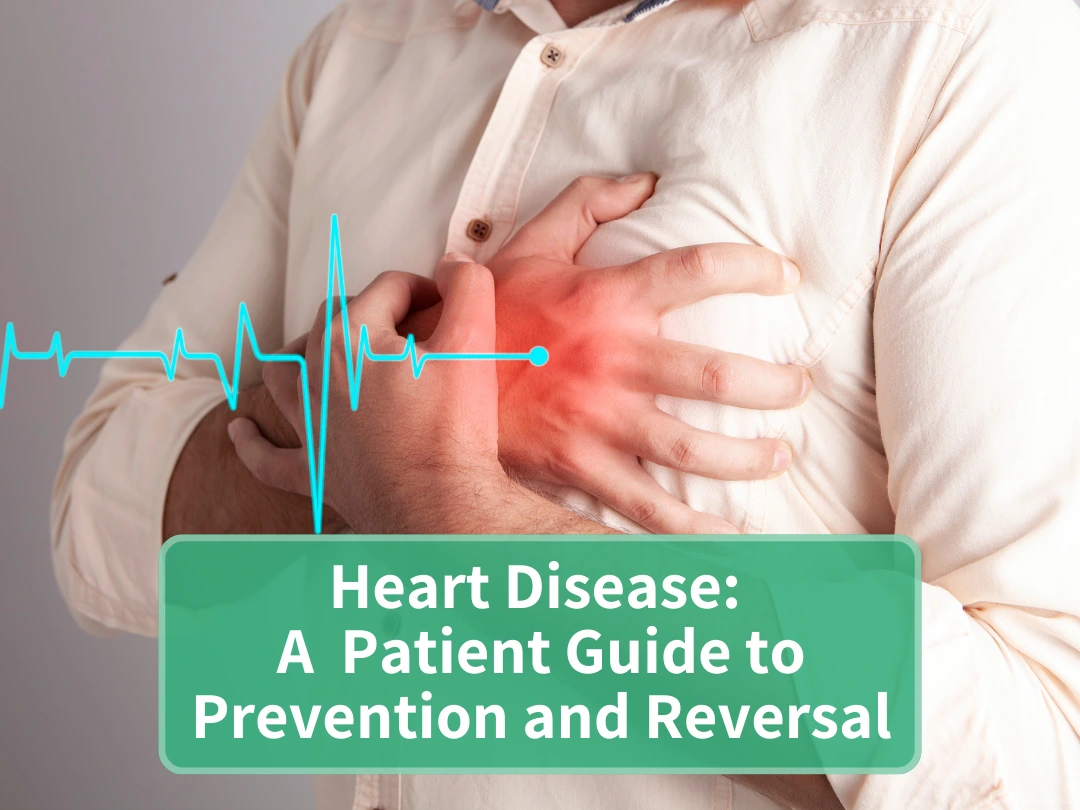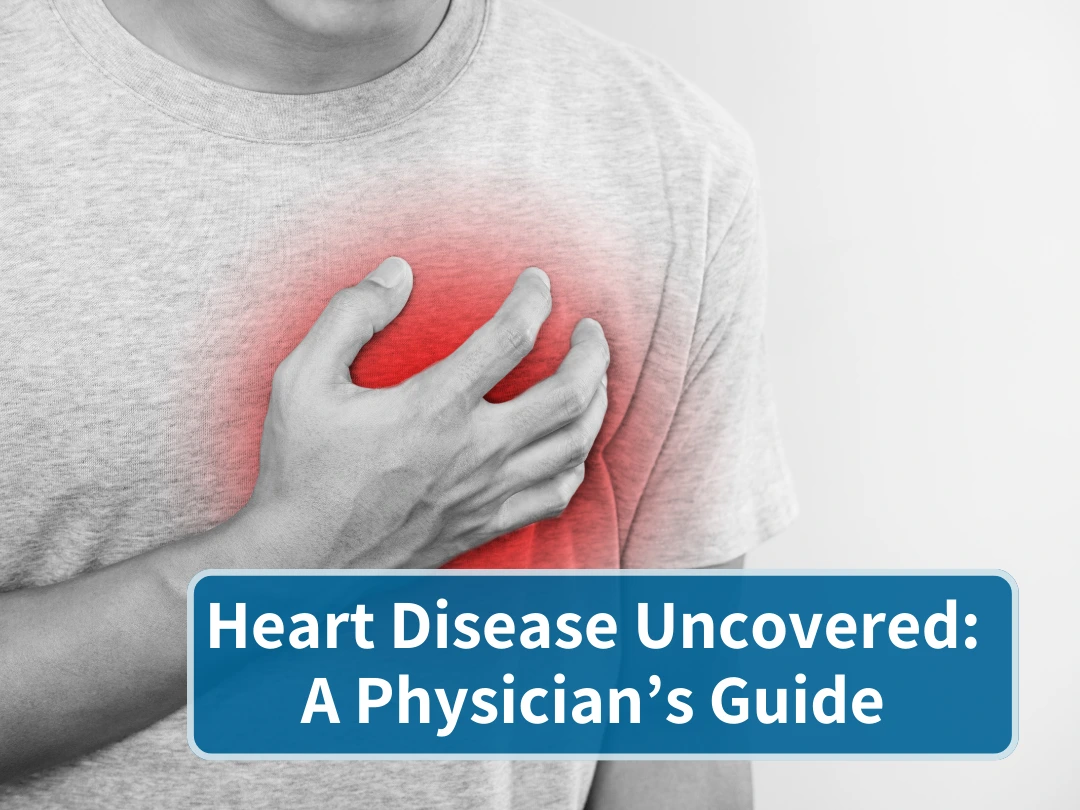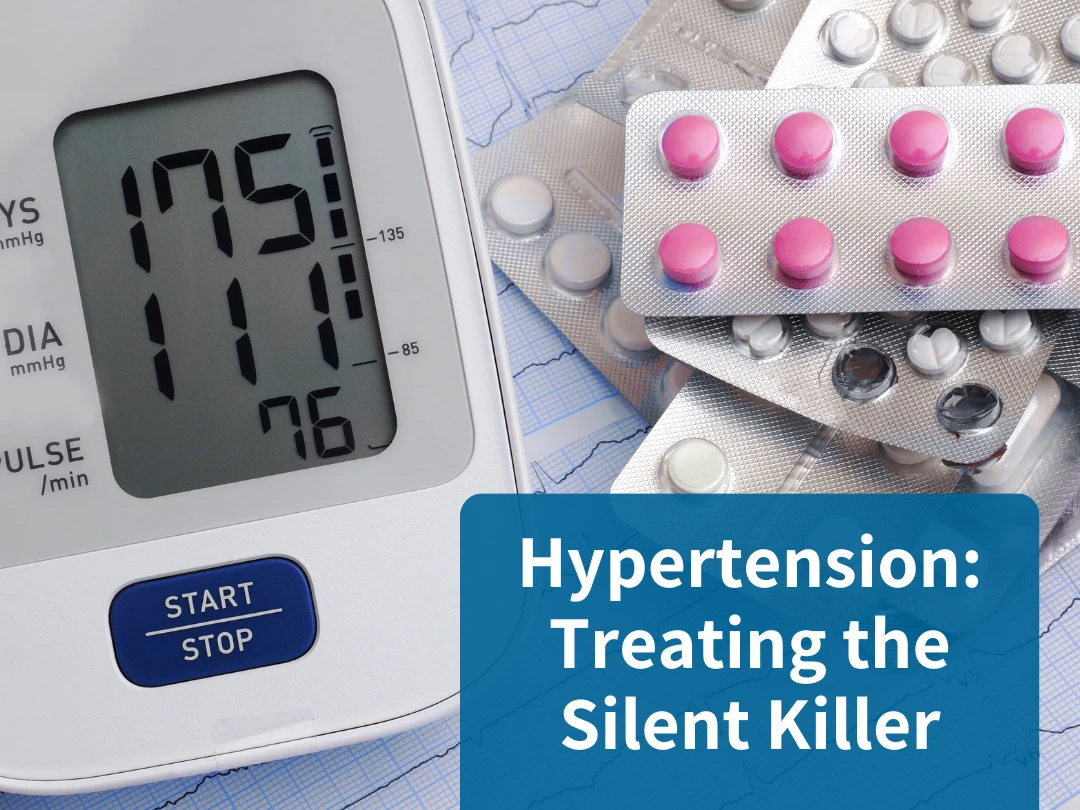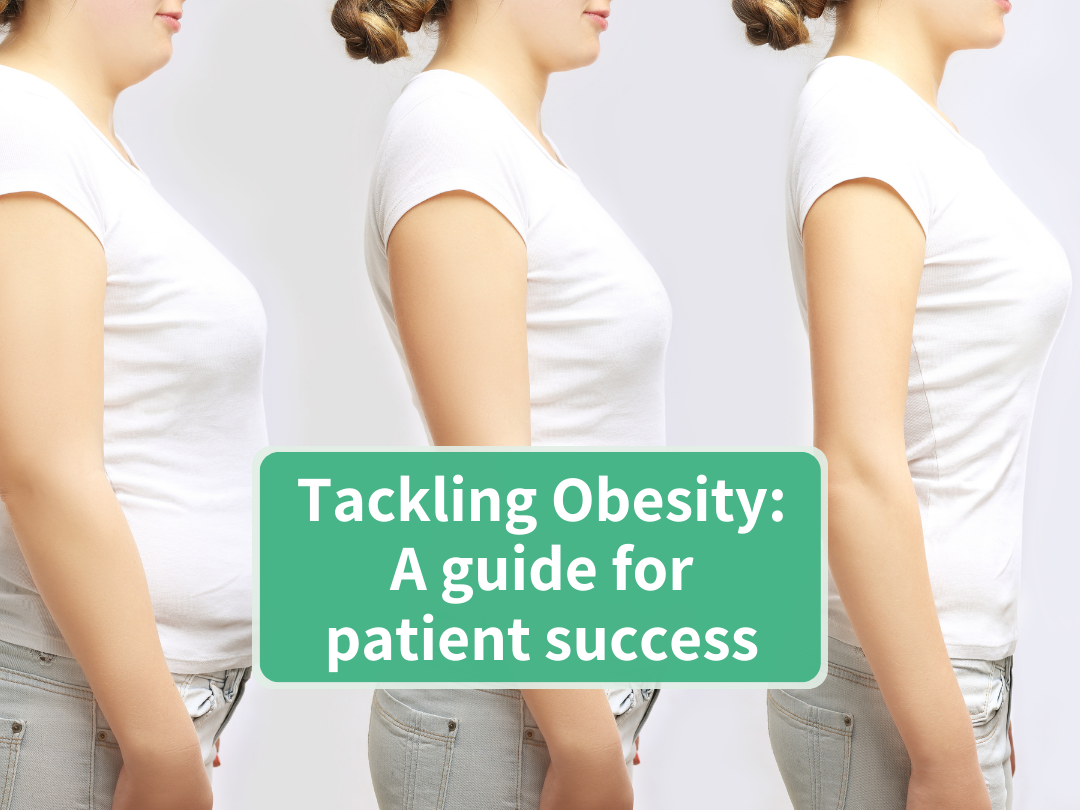
Hypertension: A Patient Guide to Reducing High Blood Pressure
By Terri Chrisman M.Nutr, Dip.ACLM from the PAN Academy – our online learning platform where you can learn all about nutrition and health.
What is blood pressure?
Globally, high blood pressure affects over 1.4 billion people and kills about 9 million of us every year. Half of those with high blood pressure don’t even know they have it because it is usually asymptomatic.
How can it be that one of the greatest risk factors for cardiovascular disease is lurking in 700 million people without their knowledge? Is high blood pressure just a number, or is it the silent killer we should all dread?
This article will give you the facts about why hypertension develops and what you can do about it.
First, let’s look at what blood pressure is, and why you should care about it. When the heart pumps, blood travels through the arteries to all the body tissues at great speed. This blood flow is like a raging river, reaching every cell in the body. The pressure it exerts upon the blood vessel walls is called blood pressure. When we exercise, the heart pumps faster and blood vessels dilate to allow more blood flow – the pressure rises. When we are at rest, the heart calms down, the blood vessels contract and blood pressure lowers. It’s a perfect system – until it’s not.
What if the arteries can’t expand to accommodate the additional blood flow? What if we are constantly stressed? What if we are holding too much water in our bodies? All of these and some other factors contribute to rising blood pressure. Some factors, like our nutrition, are under our control, but before we get to that…
What is hypertension?
When blood pressure is taken, there are two readings: systolic and diastolic. Systolic, the upper reading, is the pressure exerted on the artery wall when the heart pumps blood. Normal systolic pressure is below 120 mmHg (millimetres of mercury). Diastolic, the lower reading, is the arterial pressure when the heart is filling back up with blood. Normal diastolic pressure is below 80 mmHg.
Europe and America have different definitions of hypertension (1). Check the table below and compare it with your latest blood pressure reading.
| USA | EUROPE | |||
| CONDITION | SYSTOLIC | DIASTOLIC | SYSTOLIC | DIASTOLIC |
| OPTIMAL (EU) | <120 mmHg | <80 mmHg | ||
| NORMAL | <120 mmHg | <80 mmHg | 120-129 mmHg | 80-84 mmHg |
| PRE HYPERTENSION | 120-129 mmHg | <80 mmHg | 130-139 mmHg | 85-89 mmHg |
|
HYPERTENSION Stage 1 / Grade 1 |
130-139 mmHg | 80-89 mmHg | 140-159 mmHg | 90-99 mmHg |
|
HYPERTENSION Stage 2/ Grade 2 |
>140 mmHg | >90 mmHg | 160-179 mmHg | 100-109 mmHg |
|
HYPERTENSION Grade 3 (EU) |
≥180 mmHg | ≥110 mmHg | ||
High blood pressure puts stress on the arterial walls and can damage them. This damage can lead to inflammation and less elasticity of arterial walls (2). The arteries stiffen and fatty plaque forms that can block blood vessels (3).
All this spells increased risk for cardiovascular diseases such as heart attack, stroke, and dementia.
How do you measure your blood pressure?
At the beginning of this article, we stated that half the people who have high blood pressure do not even know it. Unknown hypertension is akin to a ticking time bomb. When we know our blood pressure, we can take steps to keep it in a safe range.
Home blood pressure monitors are a way to keep on top of rising blood pressure. They are portable and affordable. Medical centres, fire stations and local doctors will usually take your blood pressure at no charge. Keeping a written log of blood pressure over time will help your healthcare provider suggest a treatment plan that’s right for you.
How does your blood pressure become high?
There are many risk factors for high blood pressure. There is a hereditary element to high blood pressure, but, as with most non-communicable diseases, just because your parents have hypertension, does not mean you will. You can change your risk a lot with lifestyle habits.
The greatest risk factors are sodium intake, obesity, smoking, alcohol abuse, poor diet, stress and lack of exercise.
Smoking can increase blood pressure by way of cadmium exposure. Cigarettes contain the heavy metal cadmium (Cd) which becomes volatile and toxic to the body once heated and inhaled (8). Cadmium exposure is implicit in oxidative stress and vascular endothelial damage, both of which are pathologies of high blood pressure (9).
Excessive alcohol use damages the blood vessel walls, restricting vasodilation and raising blood pressure (10). However, it’s the dose that counts. One standard drink daily for women and two drinks for men is considered moderate alcohol use (11). But remember that any alcohol is toxic to the human body, and more than 3 drinks per day increases your risk not only for high blood pressure but for cardiovascular diseases (10).
Stress can be either beneficial or detrimental. Exercise-induced stress, which increases blood pressure to supply more blood to muscles, is beneficial. However, non-physical stress, such as worry, anxiety, depression, work-related stress, family issues, or financial stress, can lead to chronic high blood pressure, ultimately causing hypertension. In these cases, it is important to identify the stressor and find ways to remove yourself from it or reduce its effect.
How can you achieve normal blood pressure?
Sodium reduction can be achieved by minimising restaurant meals, ready meals, fast food and processed food. When cooking at home, use low-salt varieties of canned foods, stock, and condiments. For example, frozen peas contain only natural sodium, yet canned peas may contain added sodium (12).
Other lifestyle factors within our control that can lower blood pressure are weight loss and exercise. Adopting a DASH diet or a whole food plant-based diet can reduce weight, lower blood pressure and decrease metabolic stress and inflammation. Exercise in conjunction with a weight loss diet is even more effective than dieting alone (15). Added to this, exercise can be as effective as anti-hypertensive medications. A meta-analysis of 391 studies totalling 39,747 people found that exercise was just as effective as drug therapy at lowering systolic blood pressure in people with hypertension (16).
Diet plays an important role. Healthcare professionals recommend the DASH diet as a first-line treatment for patients with stage 1 hypertension or pre-hypertension (see the chart above). DASH stands for the Dietary Approach to Stop Hypertension. The DASH diet is high in whole plant foods and low in processed foods and animal products. The DASH diet works by increasing fibre, antioxidants and potassium, and lowering sodium and inflammation. Following a DASH diet can lower systolic blood pressure up to 11mmHg (17).
This is an impressive result considering that reducing systolic blood pressure by just 5mmHg can reduce the risk of stroke by 14%, heart disease by 9% and death by 7% (18).
Quitting smoking yields immediate benefits. Your body begins to heal from the last cigarette, reducing the risk of heart disease and stroke while lowering blood pressure. If you need assistance, seek help in overcoming this addiction, as quitting can be challenging.
Which foods can lower your blood pressure?
Garlic – about 2 cloves a day – lowers blood pressure in hypertensive patients (19).
Omega 3 fatty acids from chia seeds, flax seeds and walnuts improve blood vessel function (20).
Strong hibiscus tea, made with two teabags per cup, can lower blood pressure as much as a low dose of medication (21).
Be aware that it is imperative not to change or stop hypertension medication yourself. Monitor your blood pressure at home and discuss the possibility of medication alterations with your primary health care professional.
Adding healthy blood pressure-lowering whole plant foods to every meal has a synergistic effect and increases their effectiveness.
For example, a dark green leafy salad with roasted beets, potatoes and sprinkled with walnuts is a blood pressure-lowering powerhouse!
Here are some tips to keep your blood pressure in check
- Maintain a healthy weight. Blood pressure decreases by 1 mmHg for every kilogram lost (22).
- Eat a DASH diet or a whole food plant-based diet to lower inflammation and increase fibre.
- Decrease sodium intake from restaurant meals, ready meals and processed foods.
Eat potassium-rich foods. - Add exercise to your weekly routine.
- Quit smoking and excessive alcohol intake.
Hypertension does not need to be a gateway to other metabolic diseases. We can work towards better health by taking daily actions that help maintain healthy blood pressure. Prevention is always a better option. Speak to your healthcare provider and start making healthy changes today.
Quiz questions
Want to check if you remember the essentials of this article? Then test how much information you retained with this quick quiz!
Good luck!
Further information
For more information on this topic, download the Hypertension and Diet factsheet for patients.
For the definitions of important terms, go to the PAN Glossary.

Making better physicians
Ready to improve your nutrition knowledge?
Sign up for the PAN Academy and take our free online courses on nutrition science.
Mini Modules on Diet-Related Diseases
This series of short modules addresses common diet-related diseases such as heart disease, hypertension and type 2 diabetes. Learn the causes and which patients are at risk, and find out practical solutions to managing these diseases through whole food, plant-based eating.



Making better physicians
Ready to improve your nutrition knowledge?
Sign up to the PAN Academy and take our free online courses on nutrition science.
Mini Modules on Diet-Related Diseases
This series of short modules addresses common diet-related diseases such as heart disease, hypertension and type 2 diabetes. Learn the causes and which patients are at risk, and find out practical solutions to managing these diseases through whole food, plant-based eating.
References List:
- Whelton et al., 2022. Harmonization of the American College of Cardiology/American Heart Association and European Society of Cardiology/European Society of Hypertension blood pressure/hypertension guidelines: comparisons, reflections, and recommendations. Available from: https://www.ahajournals.org/doi/10.1161/CIRCULATIONAHA.121.054602
- Touyz et al., 2018. Vascular smooth muscle contraction in hypertension. Available from: https://www.ncbi.nlm.nih.gov/pmc/articles/PMC5852517
- Alexander et al., 2021. Endothelial function in cardiovascular medicine: a consensus paper of the European Society of Cardiology working groups on atherosclerosis and vascular biology, aorta and peripheral vascular diseases, coronary pathophysiology and microcirculation, and thrombosis. Available from: https://pubmed.ncbi.nlm.nih.gov/32282914/
- Klabundle, 2022. CV physiology. Renin-Angiotensin-Aldosterone System. Available from: https://cvphysiology.com/blood-pressure/bp015
- Centers for Disease Control and Prevention, 2021. Sodium. Available from: https://www.cdc.gov/heartdisease/sodium.htm
- Vasan et al., 2001. Assessment of frequency of progression to hypertension in non-hypertensive participants in the Framingham Heart Study: a cohort study. Available from: https://www.thelancet.com/journals/lancet/article/PIIS0140-6736(01)06710-1/fulltext
- Semlitsch et al., 2021. Long‐term effects of weight‐reducing diets in people with hypertension. Available from: https://www.cochranelibrary.com/cdsr/doi/10.1002/14651858.CD008274.pub4/full
- Agency for Toxic Substances, 2023. Available from: https://www.atsdr.cdc.gov/csem/cadmium/cover-page.html
- Martins et al., 2023. An updated systematic review on the association between Cd exposure, blood pressure and hypertension. Available from: https://www.sciencedirect.com/science/article/pii/S0147651320314731
- Husain et al., 2014. Alcohol-induced hypertension: mechanism and prevention. Available from: https://www.ncbi.nlm.nih.gov/pmc/articles/PMC4038773/
- U.S. Department of Agriculture and U.S. Department of, Health and Human Services. Dietary guidelines for Americans, 2020-2025, 2020. Available from: https://www.dietaryguidelines.gov/
- National Institute of Health. Your guide to lowering blood pressure, 2003. Available from: https://www.nhlbi.nih.gov/files/docs/public/heart/hbp_low.pdf
- Yang et al., 2011. Sodium and potassium intake and mortality among US adults: prospective data from the third national health and nutrition examination survey. Available from: https://doi.org/10.1001/archinternmed.2011.257
- USDA, 2023. Food sources of potassium. Available from: https://www.dietaryguidelines.gov/food-sources-potassium
- Valenzuela et al., 2021. Lifestyle interventions for the prevention and treatment of hypertension. Available from: https://www.nature.com/articles/s41569-020-00437-9
- Naci et al., 2023. How does exercise treatment compare with antihypertensive medications? A network meta-analysis of 391 randomised controlled trials assessing exercise and medication effects on systolic blood pressure. Available from: https://bjsm.bmj.com/content/53/14/859
- Sacks et al., 2001. Effects on blood pressure of reduced dietary sodium and the dietary approaches to stop hypertension (DASH) Diet. Available from: https://www.nejm.org/doi/10.1056/NEJM200101043440101
- Verma et al, 2021. Non‐pharmacological management of hypertension. Available from: https://www.ncbi.nlm.nih.gov/pmc/articles/PMC8678745/
- Ried K, 2016. Garlic lowers blood pressure in hypertensive individuals, regulates serum cholesterol, and stimulates immunity: an updated meta-analysis and review. Available from: https://doi.org/10.3945/jn.114.202192
- Zehr & Walker, 2018. Omega-3 polyunsaturated fatty acids improve endothelial function in humans at risk for atherosclerosis: a review. Available from: https://pubmed.ncbi.nlm.nih.gov/28802571/
- Herrera-Arellanoet al., 2004. Effectiveness and tolerability of a standardized extract from hibiscus sabdariffa in patients with mild to moderate hypertension: a controlled and randomized clinical trial. Available from: https://www.sciencedirect.com/science/article/pii/S0944711304000029
- Neter et al., 2003. Influence of weight reduction on blood pressure. Available from: https://www.ahajournals.org/doi/10.1161/01.hyp.0000094221.86888.ae


Author
Terri Chrisman M.Nutr, Dip.ACLM
Terri Chrisman M.Nutr, Dip.ACLM is a Medical Content Creator at PAN and part of the online education team responsible for the PAN Academy. She is an Australian citizen living in the USA who has travelled and lived all around the world. She is a qualified nutritionist and certified in lifestyle medicine, and is vastly experienced in creating educational content on the topics of nutrition, health and sports.
Recent posts
Alzheimer’s Disease: Decode the Complex Puzzle
Alzheimer’s is a complex puzzle. Learn about genetic factors and how recommending a whole food, plant-based diet can elevate patient care.
A Patient Guide to Outsmarting Alzheimer’s Disease
Learn how dietary choices impact Alzheimer’s risk. Discover measures that can slow progression and reduce its effects.
Easy Plant-Based Swaps
Make your transition to a whole food, plant-based diet stick. Explore delicious and easy plant-based swaps to add more plants to your plate.
Manage Your Rheumatoid Arthritis With Diet
Manage rheumatoid arthritis naturally with a plant-based diet. Reduce inflammation, ease joint pain, and improve your overall health.
Rheumatoid Arthritis and Diet: A Physician’s Guide
Rheumatoid Arthritis and Diet: A Physician’s GuideBy Carlijn Wagenaar, MD and Wendy Walrabenstein, RD from PAN The...
Heart Disease: A Patient Guide to Prevention and Reversal
Discover how to prevent and reverse heart disease. Learn about the advantages of lifestyle changes with a whole food plant-based diet.
Heart Disease Uncovered: A Physician’s Guide
Uncover the secrets to prevent and reverse heart disease. Learn how a whole food plant-based diet can help patients lead a heart-healthy life.
Treating the Silent Killer: Hypertension Insights and Solutions
Explore the power of plant-based diets in managing hypertension. Empower your patients to take control of their blood pressure readings.
Carbohydrates: A Complex or Simple Matter?
Are carbohydrates essential for our health? Do low-carb diets yield greater weight loss? What benefits do whole plant-based foods provide? Find out the answers to these questions and more in this blog post.
Tackling Obesity: A Guide For Patient Success
Discover a proven method to overcome the shackles of obesity. Lose weight and regain your zest for life with this simple strategy.

